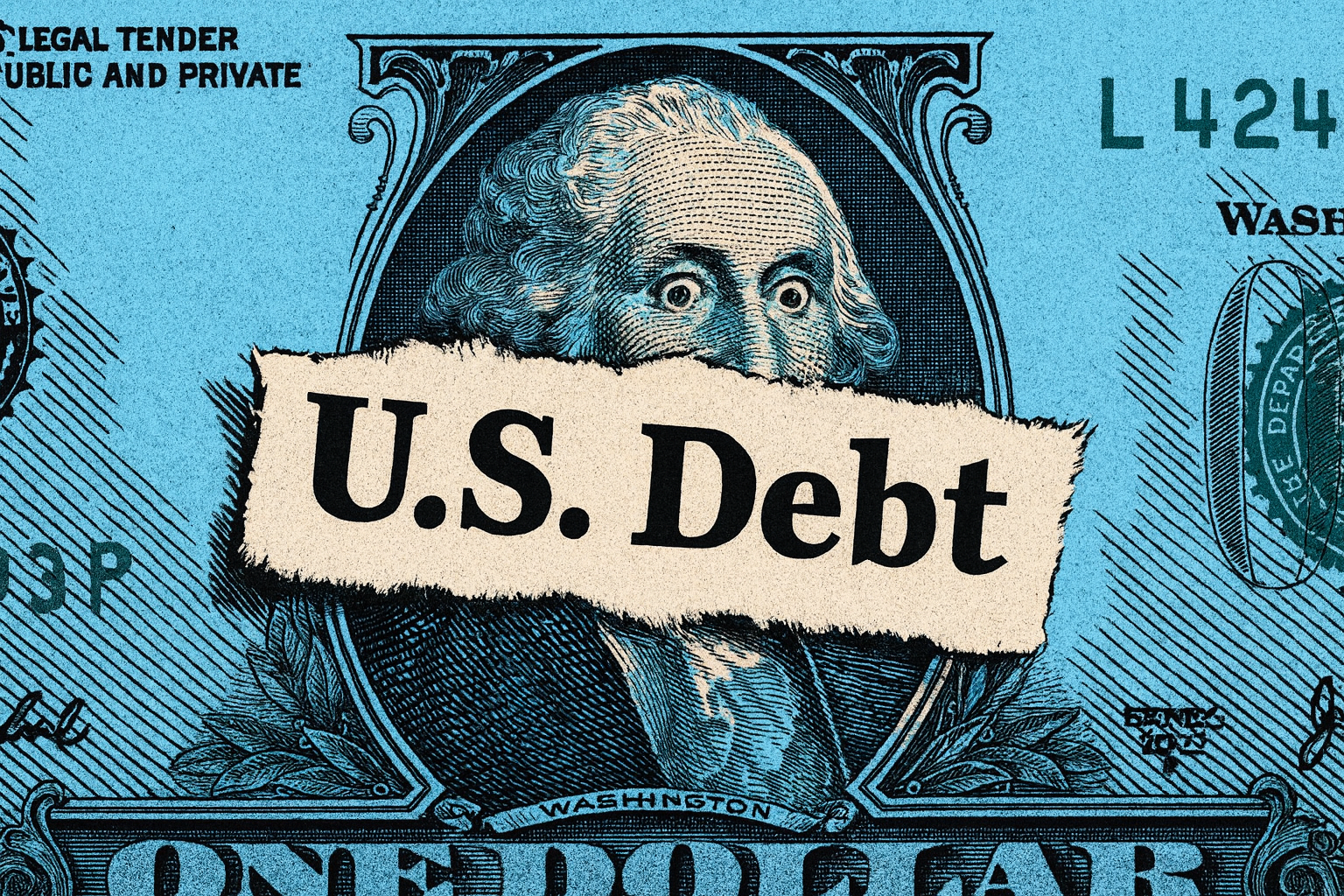At the Eastern Economic Forum in Vladivostok on Monday, one of Putin’s senior advisers accused Washington of weaponizing crypto and gold to manage its ballooning national debt and restore faith in the U.S. financial system.

Anton Kobyakov, a Kremlin aide and organizer of the forum, told reporters that the United States is “trying to rewrite the rules of the gold and cryptocurrency markets” as a strategy to offset its $37.43 trillion debt load. He likened the moment to the 1930s and 1970s, when the U.S. reset the global financial system, first through devaluation and later by abandoning the gold standard.
“This time, they are pushing everyone into the ‘crypto cloud,’” Kobyakov said, arguing that Washington wants to shift part of its obligations into dollar-backed stablecoins as a way of diluting liabilities and “starting from scratch.” He did not specify how such a mechanism would function in practice.
One proposal under discussion in Washington, he noted, is Senator Cynthia Lummis’ so-called Bitcoin Act, which would commit the federal government to purchasing one million Bitcoin over five years and locking the reserves for two decades, unless applied to retiring debt. The idea underscores the growing political interest in treating digital assets as a monetary hedge.
U.S. officials, however, present stablecoins as a tool to strengthen, not weaken, the dollar’s dominance. Treasury Secretary Scott Bessent said earlier this year that dollar-backed stablecoins will be leveraged “to ensure the U.S. dollar remains the world’s primary currency.” Former House Speaker Paul Ryan made a similar argument in 2024, suggesting that stablecoins could expand demand for U.S. debt instruments and reduce the risk of failed auctions.
The legislative framework for such ambitions has already taken shape. In July, President Donald Trump signed the GENIUS Act, the country’s first comprehensive law governing stablecoins, setting strict standards for issuance and reserves.
Russia, meanwhile, is pursuing its own path. In June, state media confirmed that a ruble-pegged stablecoin — code-named A7A5 — is under development and will be launched on the Tron blockchain. The initiative appears aimed at reducing Moscow’s dependence on Tether’s USDT, which has been widely used in Russian trade settlements with China and India despite the country’s 2022 ban on crypto payments.
Since then, Russian regulators have softened their stance. In May, Moscow allowed accredited investors to gain access to crypto-based products through licensed financial institutions, a signal that the Kremlin views digital assets as a potential counterweight to U.S.-led monetary strategies.









